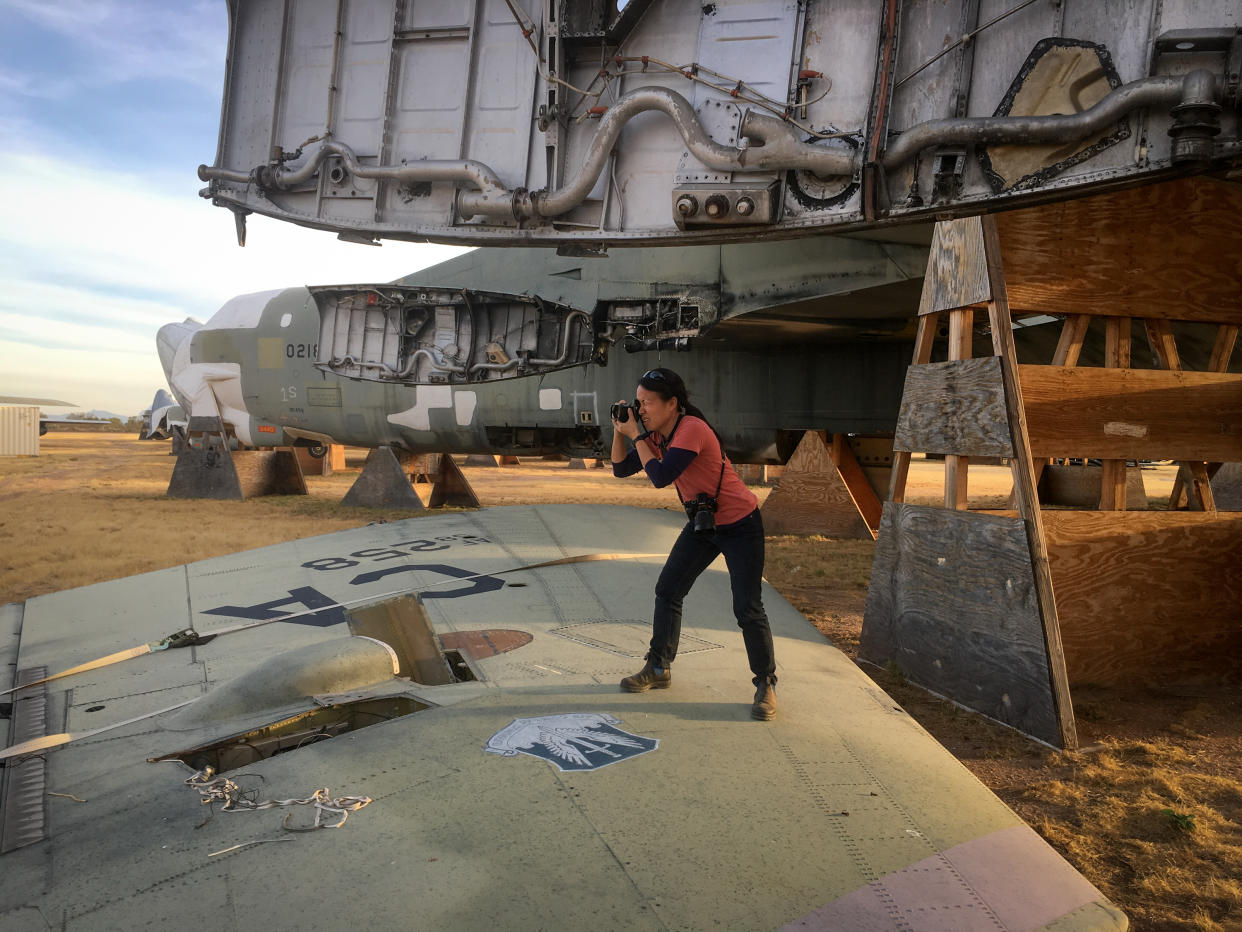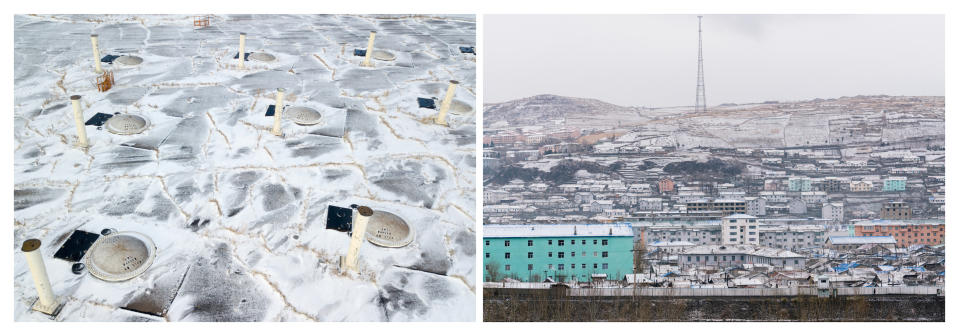Singapore photographer documents nuclear spectre for Nobel-winning campaign

While driving along the China-North Korea border, Singapore photographer Sim Chi Yin, 39, got a “very sobering” reminder from a Chinese taxi driver that the spectre of nuclear annihilation is not just an abstract worry.
“Some of these Chinese towns are barely a hundred kilometres away from the North Korean nuclear test site, and schoolchildren were evacuated from schools on 3 September, when the latest test was done. Kitchen knives rattled on the walls,” recalled Sim.
It is this anxiety that lies at the heart of “Fallout”, a series of 36 photographs and a short video installation that is Sim’s latest project. She was commissioned by the Nobel Peace Centre to showcase this year’s Nobel Peace Prize winner: the International Campaign to Abolish Nuclear Weapons (ICAN).
“Fallout” is part of an exhibition entitled “Ban The Bomb” that will be on display at the centre in Oslo, Norway for a year. It aims to offer an insightful investigation into the realities of nuclear sites and weapons, and how they have affected lives and societies.
Sim spent two months along the China-North Korea border and also travelled to decommissioned nuclear silos in six American states for the project. She is the first Singaporean Peace Prize photographer in the exhibition’s 13-year history.
Based in China for the past decade, Sim has had her work exhibited in Asia, the US and Europe, including at the Istanbul Biennale this year. She has also done commissioned work for the likes of Time and The New Yorker magazines.
Speaking over the phone from Oslo on Monday (11 December), Sim told Yahoo News Singapore that her own views on nuclear weapons are somewhat mixed. “Personally, I think nuclear weapons are a bad thing. But I think the world is a much more complex place than that,” she said.
“I felt ‘Ban The Bomb’ (an ICAN slogan) was a little too didactic. I felt that the work I produced was a lot more questioning and open-ended, and would invite reflection. I think we live in an age where we have to think: How do we speak to and convince people who do not think like us already?”
Sim also noted that it was “interesting” that Singapore had abstained from voting in the Nuclear Weapons Ban Treaty that was passed in July this year. The treaty is a legally binding international agreement to work towards the total elimination of nuclear weapons.
A total of 122 United Nations member countries voted in favour of the treaty, while Singapore abstained and the Netherlands voted against it. Sixty-nine nations did not vote, including all those with nuclear weapons and North Atlantic Treaty Organisation (NATO) members.

The nuclear genie is out of the bottle
The “Fallout” photo series comprises a series of diptychs, or paired photos, which deliberately place anonymised landscapes from North Korea and the United States side by side. The juxtaposition of the images is not random, given that the former is the only country to test nuclear weapons in the 21st century, while the latter is the only one to have used them.
With the Nobel Laureate announced on 6 October, Sim and her producer operated on an “extremely tight” timeline in order to open the show on 10 December. They drove some 6,000km in total, while the travel and the work were “relentless”. Fortunately, Sim could draw on her university studies of Cold War history, which helped her to frame the issues quickly.
In the process, the duo visited some locations which few members of the public have ever seen. For example, an anti-ballistic missile radar facility in North Dakota, whose function was to spot Soviet missiles coming over the North Pole and shoot them down.
“This was something right out of a movie, but a lot more than bricks and mortar. It was fascinating but very, very sobering,” said Sim.
Asked if there was a recurring feeling while working on the project, Sim replied, “Chilling.” She pointed out that one of her subjects was a Minuteman II missile, which is just one generation removed from the Minuteman III missile, of which 440 are currently on alert around the US.
“This is not some relic of the Cold War. It’s very much something that is present-day and contemporary and kind of imminent. But I think most of us park it at the back of our brains, below all the other stuff, climate change and all the rest of it.”
Related stories:
Nobel Peace Prize winners warn nuclear war is ‘a tantrum away’
UN envoy warns N. Korea ‘miscalculation’ could trigger conflict



